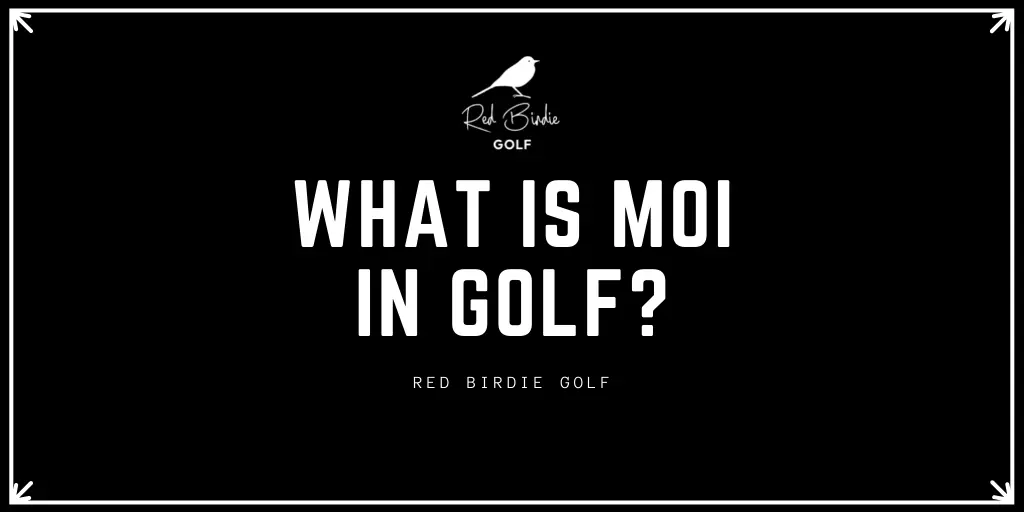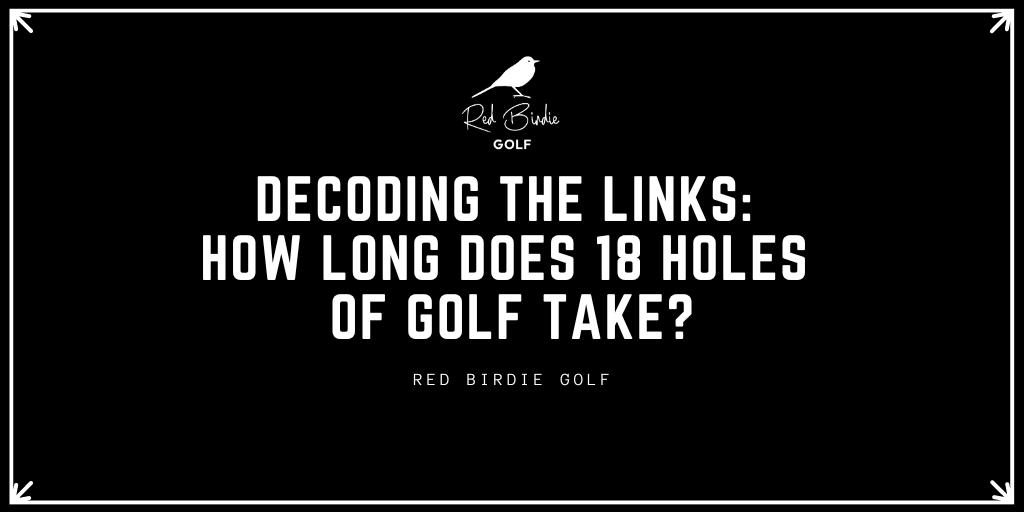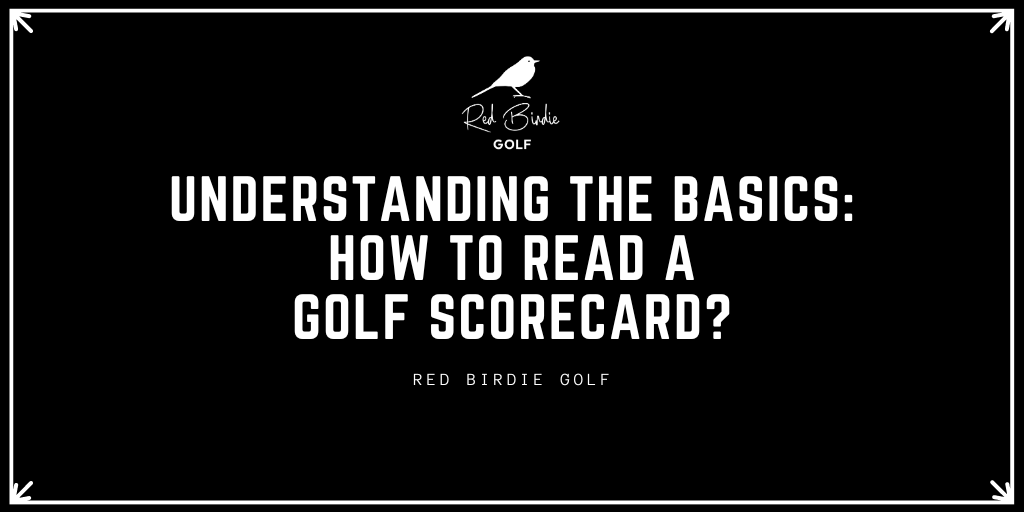Moment of Inertia (MOI) is a physics term that describes the rotational inertia of a “body” and the opposition that that “body” exhibits to having its speed of rotation altered on its axis by the application of torque or turning force. It is a quantity, a number, that determines the torque needed for a specified angular acceleration along an axis. The MOI measures the resistance a “body” has to changes in its motion.
MOI in golf is much easier to determine, and has, at least on a practical level, nothing to do with calculations or numbers. In golf, MOI is simply the resistance a clubhead has to twisting during your swing and especially at impact. You want high MOI in your golf clubs because even the slightest twist at impact or at any point during your swing can send your golf ball flying in the wrong direction and with unwanted side spin. The following article describes MOI in more detail while also describing golf technology and different golf clubs that focus on higher MOI.

MOI in Golf FAQs
Should MOI Affect How You Choose Your Golf Clubs?
For the majority of golfers, choosing a club with high MOI will improve their game. When you hit an off-center shot, perhaps off the toe, the club naturally shifts. A high MOI will have higher energy transfer from the club to the ball on those mishits, and it will also push the face of the club through the ball at impact. If you need more forgiveness in any of your clubs, MOI is key.
When choosing your clubs, you have to figure out what you most want them to do to help your game. If the improvement you are looking for includes accuracy, consistent ball striking, and decreased hooks and slices then a club with high MOI could play a crucial role in improving your game. On the other hand, if drawing and fading your shots around the course and working the ball around is important, then you want lower MOI clubs. It is harder to get the spin needed for draws and fades if the MOI on your clubs is too high.
Who Should Use High MOI?
MOI is all about forgiveness, so if you need extra forgiveness in your golf game, then clubs with high MOI are for you. If you tend to make a lot of off- or near-center contact, a club with higher MOI will help. It is those off-center shots when you strike it too low or off the toe and that makes the club twist at the point of contact. That higher MOI will push the club straight through and leave it squarer at impact. In golf, distance is important, and as you get better you will probably want to work the ball around the course a little. If you cannot keep the ball on the course, however, and you are playing out of the rough and the trees more often than not, you need a higher MOI club to help the ball go straighter. You may not get the same distance when you strike the ball perfectly, but if that happens rarely then it does not matter. If you have a high handicap or a slow to moderate swing speed, the greater the MOI the better.
Who Should Use Low MOI?
If higher handicaps and slower swing speeds would benefit from high MOI, the opposite golfers tend to lean more toward lower MOI in their clubs. If you like to work the ball around the course a little and implement fades and draws into your game, the higher MOI clubs will limit that. Clubs with lower MOI usually include muscle back irons, blade putters, and higher performing drivers and woods. Basically, if ball-striking is not your problem, then a low MOI club is probably for you. They generally go farther, strike with more purity, and give you the ability to work the ball around the course with extra spin. In general, lower handicappers with higher swing speeds will do well with low MOI clubs.
How Do Manufacturers of Golf Clubs Boost MOI?
Most driver/fairway wood/hybrid designers try to move the CG as low and towards the back of the club as possible. Moving the weight as far from the face as possible reduces twisting at impact and also increases the launch angle.
When it comes to irons, perimeter weighting is the key to higher MOI. Getting the weight of the club head as much around the edges of the iron and away from the center of the club increases the sweet spot area and the MOI of irons.
It is also very important to understand how MOI can affect your putting, and contrary to popular belief it can affect it a lot. About 30% or 40% of golf shots are taken by your putter. Your putter can also twist in your hand at impact, and even the slightest amount of twist in the club face can mean the difference between a 1-putt and a 2- or 3-putt hole. Mallet putters are bigger than blade putters and often have a higher MOI along with the fact that they are generally easier to align as well.
How is MOI changed?
MOI is increased by moving weight away from the Center of Gravity (CG). Usually, in a driver, the weight that is moved away from the CG is moved toward the rear and bottom of the club. In an iron, that same weight is generally moved to the perimeter of the club. In both instances, the movement of weight to those places increases the total MOI of the club which also increases forgiveness and usually makes the sweet spot larger and the launch higher.
There is also, at least as a general rule, less MOI in shorter clubs. They are lighter and there is less weight to move around. This is also why MOI is generally more important in drivers than other clubs. Drivers are longer, bigger, and heavier than other clubs so that there is room to play around a little bit with weight. Also, with drivers, lightweight metals like carbon and titanium give club manufacturers the ability to put weight anywhere they want on the club.
Is there a limit for MOI?
There is a limit for MOI, and the USGA has set that limit at 5900 g/cm2 for all golf clubs. This limit is somewhat important for junior and amateur tournaments, but in general higher MOI clubs are not normally found on the PGA Tour. Players on Tour have reached a level of ball striking that largely makes MOI irrelevant.
Final Thoughts on What Is MOI in Golf
As a physics concept, Moment of Inertia is fairly complicated and can be difficult to compute. As a golf concept, it is much simpler. MOI is simply the tendency of a golf to twist at impact. Clubs with higher MOI are more forgiving and generally better for beginning golfers and those with higher handicaps. They are weighted in a way that keeps their face pointed straight ahead at impact so that your ball goes where you aimed with as little sidespin as possible. Many lower handicap golfers who are not worried about the club turning as much prefer clubs weighted in such a way that they can work the ball around the course and add spin when needed. The MOI you want in your club is based on your skill level and what you want from your clubs on the course.








